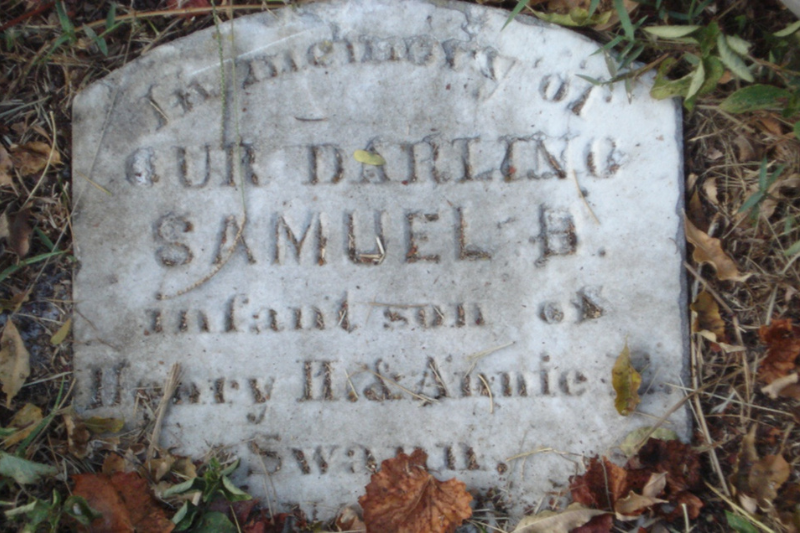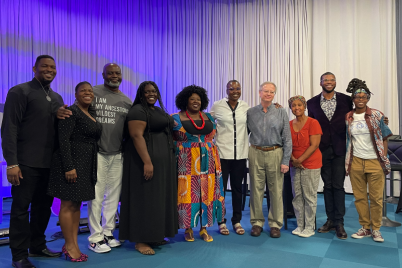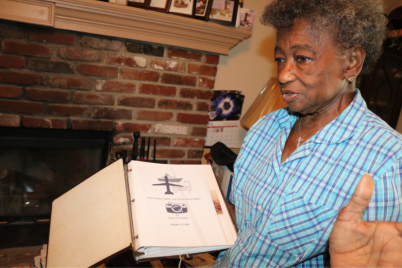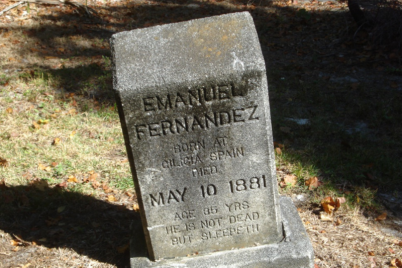A gravestone uncovered at Whispering Souls African American Cemetery. Photo by James Schnur.
BY JAMES A. SCHNUR, The Gabber
A safe harbor of rest, once forgotten and now remembered
SAFETY HARBOR — Along Old Tampa Bay east of Clearwater, the city of Safety Harbor sits. Well into the 1970s, a noticeable divide separated these cities. Even as subdivisions such as Countryside took shape in eastern Clearwater, much of McMullen-Booth Road between Gulf-to-Bay Boulevard and Tampa Road resembled a two-lane country road. Citrus groves and undeveloped acreage abounded.
This area had very few homes in the early 20th century. Here and there, small Black settlements appeared near orange groves, citrus packing houses, and other agricultural lands. Laborers from these enclaves helped farmers and grove owners get their products to market in a timely fashion.
West of Safety Harbor, one such settlement took shape “on the other side of the tracks” to support farms and groves around Safety Harbor, as well as provide a labor force for businesses in the city. This Black community was known as “Brooklyn.”
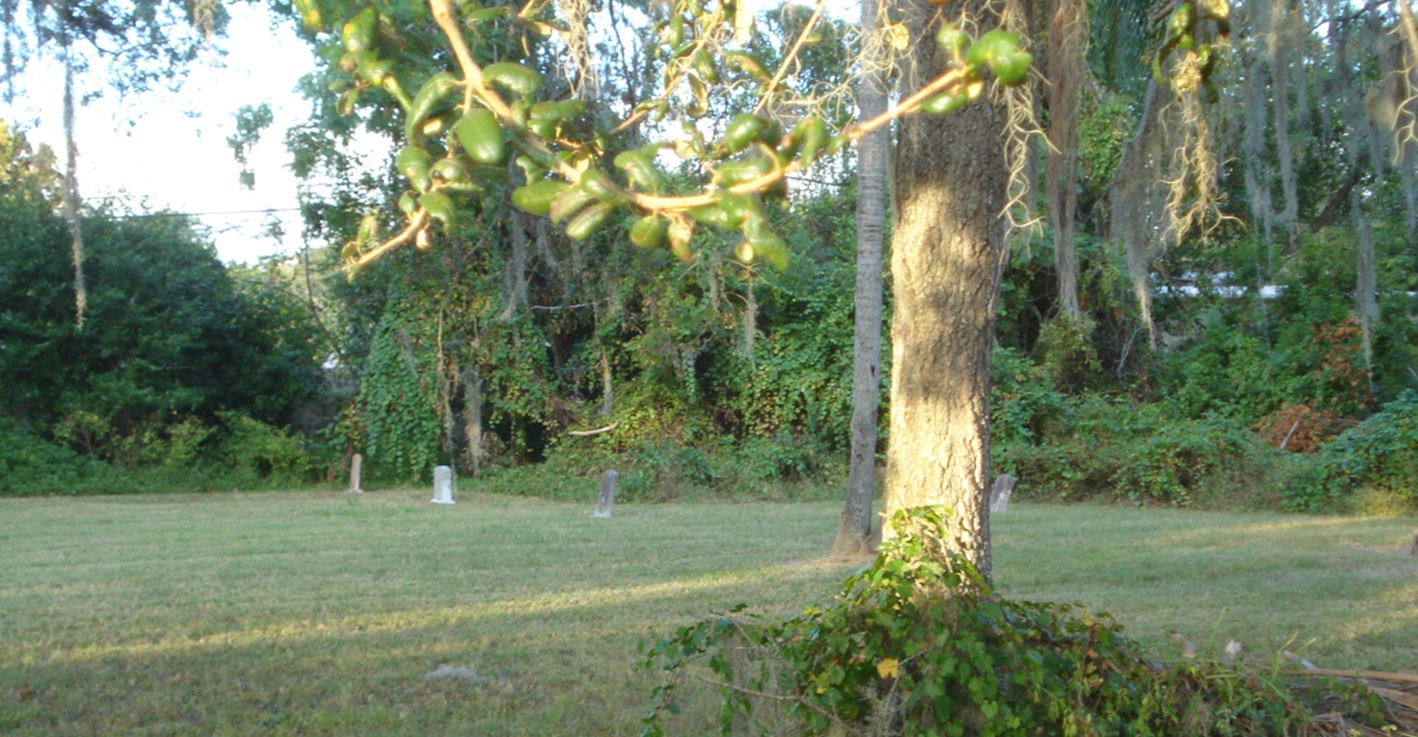
Whispering Souls African American Cemetery Photo by James Schnur
An isolated sanctuary
Lacking a site nearby to bury their departed, Black residents near Safety Harbor established a cemetery on a small piece of land once owned by Solomon Smith Coachman, a landowner and business leader who came to Pinellas in the late 1800s.
A strong advocate for the creation of Pinellas County, Coachman owned a substantial amount of acreage that he had purchased from the family of Captain James McMullen, along with a cabin that McMullens and Coachmans had used for years before it was moved to Heritage Village and restored.
According to some accounts, Coachman set aside this parcel as a burial site for Black families in the area. Located on a lot along the north side of South Drive, it currently sits in a residential area southeast of the intersection of Sunset Point Road and US Highway 19.
The land is a short distance away from the Sylvan Abbey Cemetery, where many Pinellas pioneer families are buried. In the early 1900s, laws and customs mandating racial segregation meant Blacks could not occupy graves at Sylvan Abbey.
Burials on this land quietly began by the early 20th century, with the earliest known burial being that of a man who passed away in 1896. It remains uncertain whether this man, Samuel E. Swann, was originally buried there or reinterred. Coachman lost this land and some of his other holdings to the state for delinquent taxes in the 1930s during the Great Depression.
Alfred and Louisa Ehle acquired some of Coachman’s land and platted a subdivision for much of it except the lot where burials had occurred. In 1951, the Ehles deeded the cemetery to the St. Vincent Helping Hand Society. Two years later, this lot was transferred by deed to the “Safety Harbor Colored Community,” a nebulous designation that lacked clarity.
Burials continued, but nobody maintained accurate records. Funds for the perpetual care of the cemetery did not exist. The site fell into a terrible condition by the 1960s and 1970s. Overgrown grass and clutter filled this lot, while adjacent lands became a residential subdivision. In time, burials ceased. Clearwater annexed the formerly unincorporated land that included this cemetery and adjacent areas.
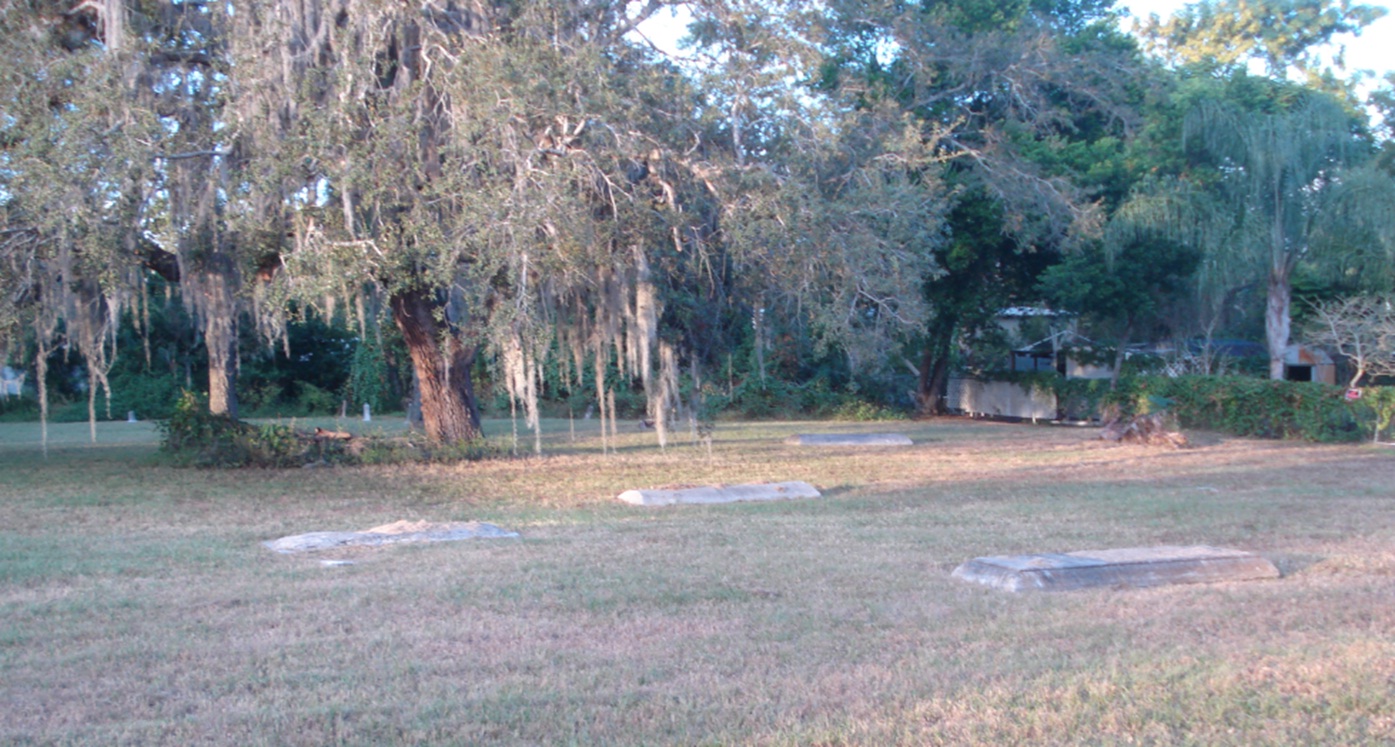
Whispering Souls African American Cemetery Photo by James Schnur
Re-discovering a forgotten resting place
Homeowners grew tired of the tall grass and unkempt vegetation on the large lot in their neighborhood. Nobody knew who owned the property. They simply wanted the excess brush removed so it would not attract wild animals or other pests in their subdivision of ranch homes and manicured lawns.
County workers arrived in 1996 to clear the overgrowth. Shortly thereafter, they saw a few headstones. Work stopped as they assessed the situation.
A review of property records and newspaper archives answered some questions. White residents learned about the historically Black cemetery that sat in their midst. People with loved ones buried on this property began to recall the dearly departed that time had forgotten. Some wondered how such a sacred place could have disappeared from our collective memory.
The exact number of burials remains a mystery. With the weeds and brush cleared away, volunteers began to inspect the gravesites and document names on the headstones. During a canvassing of the site in August 2000, a handful of additional markers were located. One tombstone had cracked into more than 30 pieces.
The disappearance of some markers, especially wooden ones that deteriorated long ago, led some family members to wonder about unmarked or unknown burials.
An organization known as Whispering Souls African American Cemetery, Inc. devotes its energies to restoring this site. A corps of volunteers help to maintain the grounds. About a year ago, a real estate lawyer working on the group’s behalf began the process of obtaining a clear and legal title to the land. Public hearings are currently taking place as notices have been filed regarding the group’s intentions.
When clear ownership is secured, and the ambiguous 1953 deed no longer poses an obstacle, this organization can develop a strategic plan to restore and preserve Whispering Souls.
In the final installment of “A Grave Situation,” we visit a historically Black cemetery with a thorny and sometimes troubled past that has received renewed interest and national recognition. Could the experience at Rose Cemetery in Tarpon Springs offer lessons for Lincoln?

